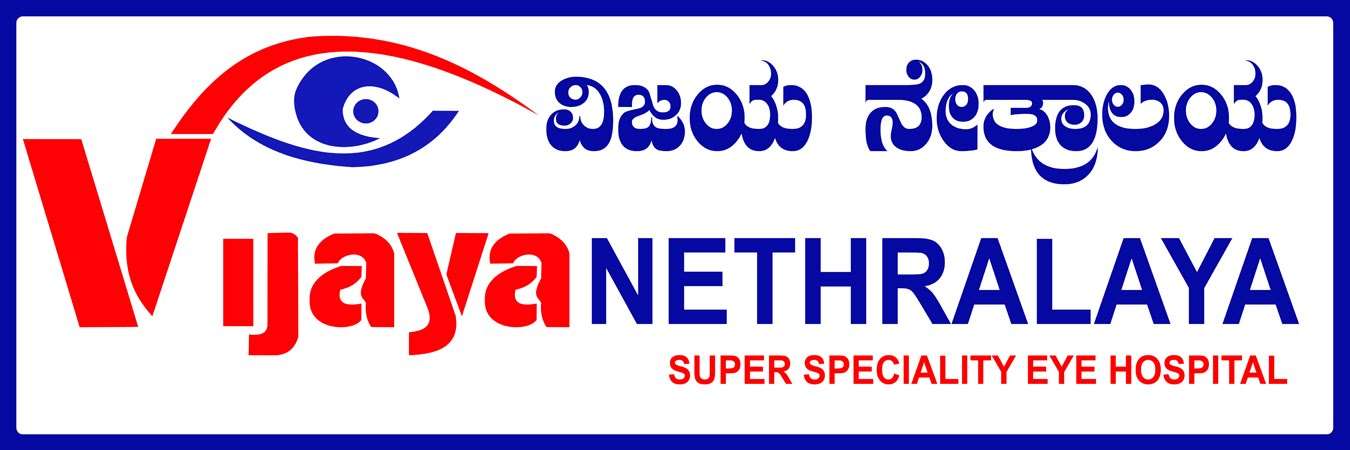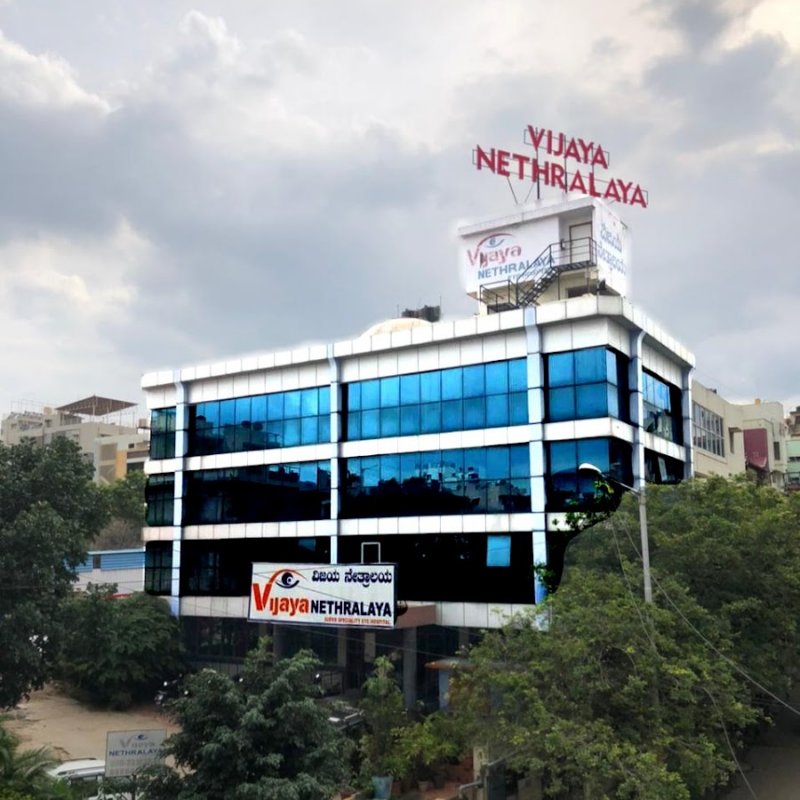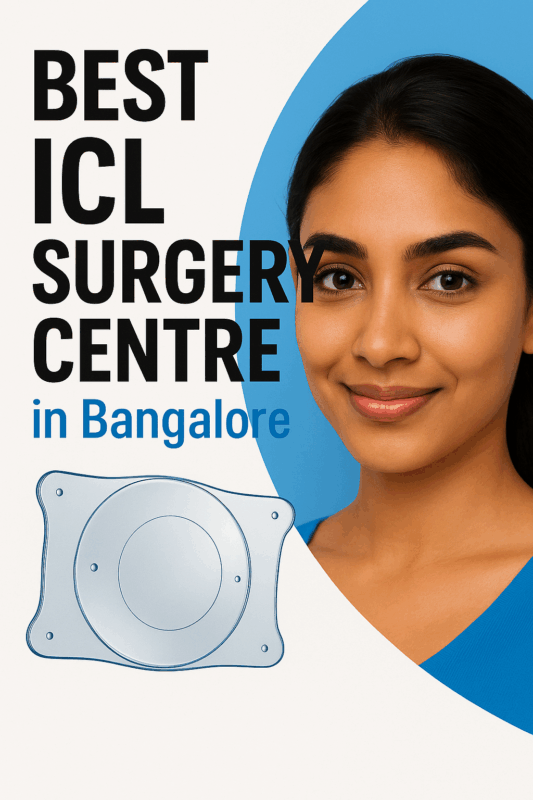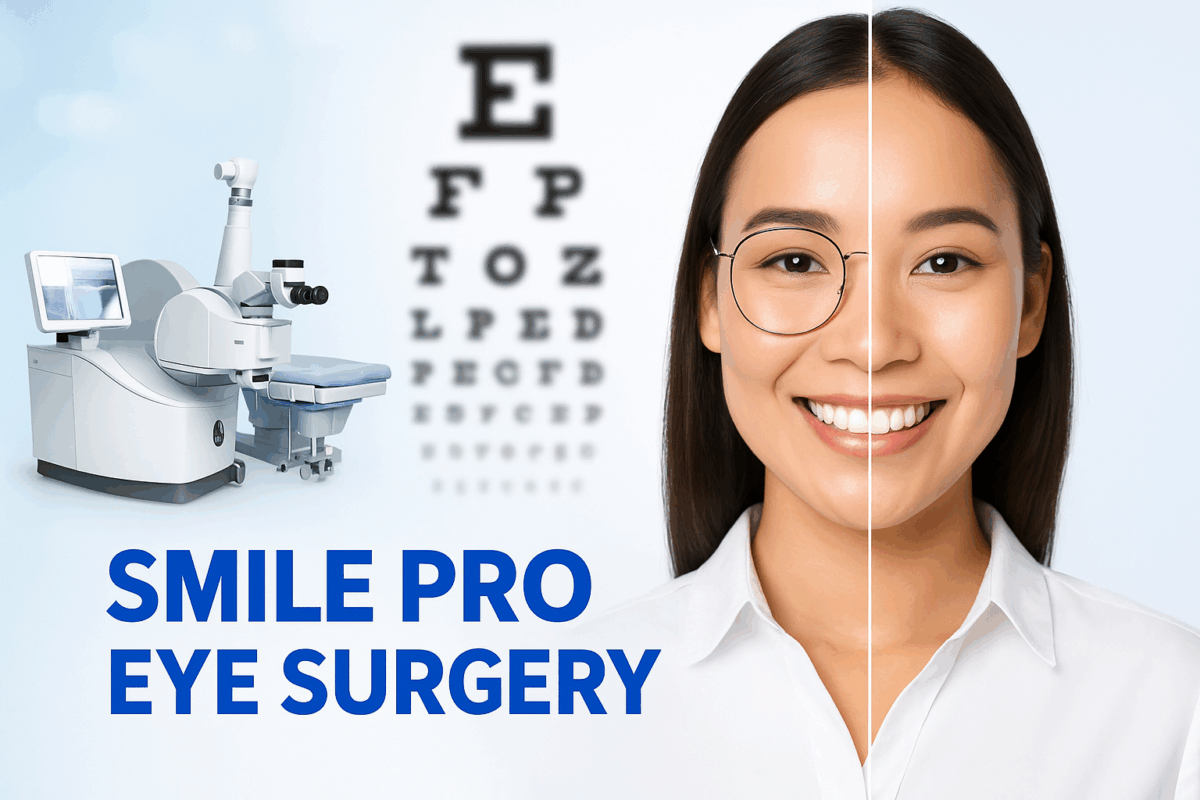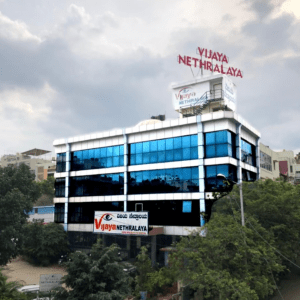Introduction to Smile Eye Surgery
SMILE (Small Incision Lenticule Extraction) is an advanced laser eye surgery that corrects refractive errors like myopia, astigmatism, and sometimes hyperopia. Unlike traditional LASIK, SMILE doesn’t require a corneal flap. A femtosecond laser creates a thin tissue layer (lenticule) within the cornea, which is removed through a tiny incision. This flapless method preserves the cornea’s strength, reducing risks like dry eyes and promoting faster healing. SMILE offers a safer, minimally invasive alternative to LASIK with quicker recovery, less discomfort, and long-lasting results.
Unlike LASIK, which involves creating a large flap in the cornea, SMILE eye surgery requires only a small incision. SMILE’s minimal intervention makes it safer for active individuals and reduces postoperative complications. This guide covers everything you need to know about SMILE eye surgery, including the procedure, recovery, costs, and common questions.
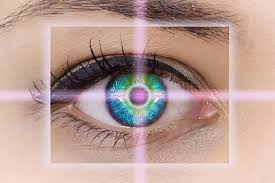
How Smile Eye Surgery Works: Step-by-Step Process
The SMILE eye surgery procedure is highly advanced and involves precision laser technology. Here’s how it works:
- Preoperative Examination
Before any surgery, the patient undergoes a thorough eye examination. This includes measuring the thickness of the cornea, the size of the pupil, and the overall health of the eye. These tests help the surgeon determine whether you are a suitable candidate for the procedure and also plan the surgery accordingly. - Laser Technology
SMILE eye surgery uses a femtosecond laser, which creates a small, precise incision in the cornea. This laser is incredibly accurate and can reshape the cornea with minimal impact on surrounding tissues. The femtosecond laser creates a small lenticule (a disc-shaped piece of tissue) within the cornea, which the surgeon removes through a small incision. - Tissue Removal
Zz S This reshapes the cornea and improves its refractive power, effectively correcting vision problems. - Postoperative Care
After the surgery, patients typically feel minimal discomfort and are advised to rest for a few hours. The recovery process is much faster than traditional LASIK, and many people return to work and normal activities within one to two days. To maintain moisture and reduce the risk of infection, patients are provided with specially formulated eye drops during treatment.
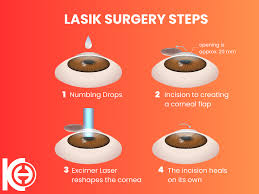
Benefits of Smile Eye Surgery
There are several compelling reasons why people opt for SMILE eye surgery over traditional LASIK or other forms of vision correction:
- Quick Recovery and Less Downtime
A key advantage of SMILE surgery is its fast recovery time, with most patients resuming daily activities within a few days due to the procedure’s minimally invasive nature and smaller incision. Since the incision is smaller and there’s no flap created, the healing process is much faster compared to LASIK. Most patients experience only mild discomfort for a few hours post-surgery and can return to their daily routine almost immediately. - Less Risk of Complications
SMILE surgery eliminates the need for creating a large flap in the cornea, which is common in LASIK surgery. This reduces the risk of flap complications such as dislocation, dry eye, or infection. It’s a safer alternative for people who lead an active lifestyle or play contact sports. - Improved Vision Quality
Many patients who undergo SMILE eye surgery report better vision quality post-surgery. The procedure tends to cause fewer side effects like glare, halos, and night vision problems compared to LASIK. The recovery after SMILE surgery is smooth, with minimal discomfort and highly satisfactory results, offering significant vision improvement. - Minimal Discomfort
Since the incision is smaller, the discomfort after SMILE surgery is significantly reduced. Many patients report no pain during or after the procedure. In contrast, LASIK surgery, which involves a larger incision and a flap, often results in more irritation and longer healing times.
Smile Eye Surgery vs. LASIK: Key Differences
While both SMILE and LASIK surgeries aim to correct vision, there are several key differences that set them apart. Recognizing these distinctions can empower you to make a well-informed choice about the procedure that best aligns with your specific vision correction needs.
- Incision Size
LASIK requires the creation of a large corneal flap, whereas SMILE utilizes a much smaller incision, typically measuring only 2-4 millimeters. This difference in incision size is one of the main reasons why SMILE is considered a less invasive procedure. - Healing Time
Because SMILE involves a smaller incision, the healing time is typically faster than LASIK. Most people can resume their normal activities within one to two days, whereas LASIK may take a few weeks for full recovery. - Risk of Complications
The creation of a flap in LASIK surgery can sometimes lead to complications, such as flap dislocation or dry eyes. SMILE surgery, on the other hand, does not involve this flap, thus reducing the likelihood of these issues. - Suitability for Athletes
SMILE is particularly beneficial for individuals who engage in high-risk activities or sports, as there is no flap to dislodge. People involved in contact sports, such as football or boxing, often choose SMILE because of this added safety.
Who is a Good Candidate for SMILE Eye Surgery?
Not everyone is a suitable candidate for SMILE eye surgery. Here are the typical criteria for determining whether you are a good candidate:
- Age
Candidates should generally be between 18 and 40 years old. Individuals older than 40 may have age-related vision changes, such as presbyopia, which could make SMILE less effective. - Stable Vision
Your vision should be stable for at least one year before undergoing SMILE surgery. Rapid changes in your vision could indicate an underlying condition that needs to be addressed. - Healthy Eyes
Candidates should have healthy eyes, free from conditions such as cataracts, glaucoma, or severe dry eyes. The cornea should also be thick enough to withstand the procedure. - Realistic Expectations
Suitable candidates should maintain realistic expectations regarding the outcomes of the procedure. While SMILE can improve vision significantly, it may not eliminate the need for reading glasses, especially for people over 40.
Smile Eye Surgery Recovery and Aftercare
The recovery process for SMILE eye surgery is relatively quick, with most patients experiencing little to no discomfort. However, it’s important to follow all aftercare instructions to ensure optimal healing. Here’s what you can expect:
- Post-Op Instructions
You should avoid rubbing your eyes, using makeup near your eyes, or exposing them to irritants like smoke or chlorine during the first few days. It’s also important to attend follow-up appointments with your surgeon to monitor your progress. - Eye Drops
The doctor will likely prescribe antibiotic and anti-inflammatory eye drops to promote healing and prevent infection. You should use them as directed. - Avoiding Strain
The doctor will instruct you to avoid reading or looking at screens for extended periods within the first 24-48 hours to prevent eye strain.

Cost of Smile Eye Surgery
The cost of SMILE eye surgery can vary depending on several factors, including the surgeon’s expertise, the clinic’s location, and the technology used. On average, Smile surgery costs between $2,000 and $4,000 per eye. Consult clinics for an accurate quote and confirm if the price includes post-surgery care and follow-up visits.
Conclusion
SMILE eye surgery is an advanced and highly effective vision correction procedure that offers numerous benefits, including faster recovery, less discomfort, and improved safety compared to traditional LASIK. If you’re looking for a long-term solution to your refractive vision problems, SMILE could be an ideal choice. Be sure to consult with a qualified ophthalmologist to determine whether you’re a suitable candidate for the procedure and to discuss any concerns or questions you may have. With the right care and expertise, SMILE eye surgery can help you achieve clearer vision and a more fulfilling life.
Author Details:
Dr. Sushruth Appajigowda holds a prominent position as a Cornea, Cataract, Glaucoma, and LASIK Surgeon in Bangalore. He serves as the chief Cataract and Refractive surgeon at Vijaya Nethralaya Eye Hospital, Nagarbhavi Bangalore. Renowned as one of the finest LASIK surgeons nationwide, he brings with him over 12+ years of experience across multiple LASIK platforms, including ZEISS, ALCON, SCHWIND, AMO, and Bausch and Lomb. Having successfully conducted over 5000 LASIK procedures, Dr. Sushruth holds the title of a Certified Refractive Surgeon and a Fellow of the All India Collegium Of Ophthalmology. Furthermore, he stands as a distinguished speaker at various National and International Forums, using his expertise to guide you in selecting the most suitable procedure based on your health requirements.

http://vijayanethralaya.com/link-in-bio/
FAQ
- Is SMILE eye surgery painful? SMILE eye surgery is generally not painful. An anesthetic is applied to numb the eye, and most patients report feeling little to no discomfort during or after the procedure.
- How long does the SMILE procedure take? The entire process typically lasts between 20 to 30 minutes for each eye.
- Is SMILE eye surgery permanent? Yes, SMILE eye surgery offers long-lasting results. However, vision can change with age, and some people may require enhancement procedures later in life.
- Can I drive after SMILE eye surgery? Most patients can resume driving within 24-48 hours after the surgery, but it’s important to have a follow-up appointment with your surgeon to ensure your vision has stabilized.
- What are the risks associated with SMILE eye surgery? Like any surgery, SMILE carries risks, including infection, overcorrection, or undercorrection of vision. However, complications are rare, and SMILE is considered a very safe procedure.
- How much time should I take off work? Recovery time is typically short. Most people can return to work within one to two days, although you may need to take more time off if your job requires extended screen time or involves strenuous activities.
